|
A plethora of resources were recorded during the American Civil War documenting the lives of both men and women. No small amount of them have survived to this day. Today they are easily accessed through libraries and archives. Some of these primary resources were letters from soldiers to their wives. Others were diaries of women left behind providing a unique view of their experiences during America’s bloodiest conflict. Alabama women provided important perspective to the Southern view of the Civil War.
Thomas Rowan was the son of Irish immigrants, who settled in Saint Clair County, Alabama in c.1854. He later purchased 130 acres in Leeds and built a home along an early stagecoach route, referred to as “The Rowan Oaks House.” John Thomas Rowan, an heir of the home, and Ada Scott Rowan, his wife, later created an extension on the house and turned the home into a turn-of-the-century farmhouse. According to Alabama Communities of Excellence and the Leeds Historical Society, the home was the first in the area with an indoor sink and a hand pump. The Rowan family were prominent farmers and landowners in the region for generations. Despite having little information on the Rowans and how they came to the United States, they came to America during a wave of Irish immigrants looking for a better life.
The old mill in Mountain Brook, a smaller community outside of downtown Birmingham, was built by the famous Robert Jemison Jr. in 1927. The structure Jemison built was and is not used as an active mill, it did however replace one that was active in the late 1800s. The original mill used by John Perryman would mill locally grown corn. Jemison is known for the large number of structures he commissioned to be built in Birmingham and surrounding suburbs. In Mountain Brook alone he is responsible for Mountain Brook Village, Mountain Brook Club, Mountain Brook Grammar School and Mountain Brook Riding Academy. The old mill has become very sacred to the residents of the town, as it has become the town’s symbol.
Across the world, there are around 1.65 billion Muslims. Most of these are spread out across Southeast Asia, South Asia, Central Asia, the Middle East, North Africa, and West Africa. However, there are also Muslim communities here in Alabama. One of these communities is in Huntsville, where Muslims have developed and established a solid presence with several institutions.
When I realized I was given the opportunity to research and write about an important aspect of Alabama, I immediately knew what I wanted to write about. This subject has been close to my heart since I was a child – the McWane Science Center. As a child, I often visited the McWane Center, an interactive museum designed for children and adults alike. It is full of wonder, excitement, and pure joy for all ages. It is a combination of an IMAX theater, a science museum, research facility and aquarium allowing the young and young at heart to go on an adventure of discovery.
Tucked in the corner of the intersection of 3rd Avenue and 19th Street North in Bessemer’s Premier Realty building sits Alabama’s oldest serving restaurant, The Bright Star. Opened in 1907 by Tom Bonduris, The Bright Star started out as a small 25 seat cafe and bar primarily serving mining, manufacturing, and railroad workers. After moving three times, The Bright Star arrived at its current location in 1915. The restaurant decor was modeled after the popular styles of 1915 with ceiling fans, tile floors, mirrored and marbled walls, most of which still exist today. An itinerant artist also hand painted several murals throughout the restaurant, which I must say, are a beautiful view to take in. In 1925, Tom Bonduris sold his ownership interest to his great-nephews, and the two patriarchs of the Koikos family, Bill and Pete. Bill and Pete were 1923 immigrants from Greece. They began serving Greek inspired cuisine not long after their purchase in 1925. Since 1966, Bill’s sons, Jimmy and Nicky, have owned and operated the restaurant.
When my family and I moved from the area surrounding Birmingham, Alabama to Ashville Alabama, I was under the impression that we were moving from the outskirts of an extremely important city to a very unimportant little town. So, imagine my surprise when I moved to Ashville and discovered that this little town held one of the two courthouses and county seats in St. Clair County (the other being Pell City.) A county having multiple courthouses is not unheard of, but it is very rare. On top of that, while Ashville and Pell City both have courthouses, Ashville’s courthouse is older than Pell City’s by a decent margin. The little town that I now live in turned out to have a much richer history than I thought!
Aldridge Gardens is a unique place in the Birmingham suburb of Hoover, AL. It is a testimony to Eddie and Kay Aldridge that such a wonderful place exists today. The garden is 32 acres and has something new to explore each time you visit. This green space is important because it provides a respite for people to slow down and smell the roses or in this case, the hydrangeas.
Living in a small town in Alabama can keep one disconnected from the more historically focused areas of the state. Small towns, however, do not go without their gems. From the small town of Springville, Alabama, we have MLB baseball player Casey Mize. Mize was born on May 1, 1997, in Springville, Alabama. He earned his high school education at Springville High School. In 2015, Mize went on to Auburn University to play baseball. Though the 2015 MLB drafts ignored him, Mize did not take it personally and kept his motivation and sought to improve himself while in college.
Dorah Sterne was a Jewish activist based in Birmingham, Alabama who worked and fought for women’s suffrage, prison reform, education reform, and much more. She was born in Atlanta, Georgia, and married Mervyn Sterne in 1922 after meeting him at a New Orleans wedding. They moved to Birmingham that same year, where Dorah lived the remainder of her life. As a graduate of Smith College, she majored in history and minored in economics. Upon her arrival to Birmingham, she quickly started participating in civic work around the city. Sterne wanted to do her part to improve Birmingham for everyone and worked for years to achieve her desires.
|
Alabama Heritage BLOG
At Alabama Heritage, we owe many of our successes and smooth operations to our fabulous student interns. We hope that with this blog--written mostly by our interns as well as history students from UAB and a few from our own editors--our readers will have an opportunity to get to know the students who bring so much to the table with their enthusiasm, hard work, and expertise! If you're interested in our internship program, check out the details here. Archives
May 2024
Categories
All
|
|
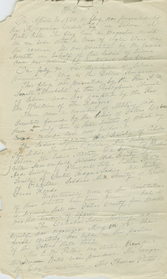
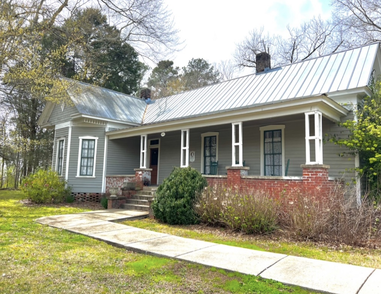
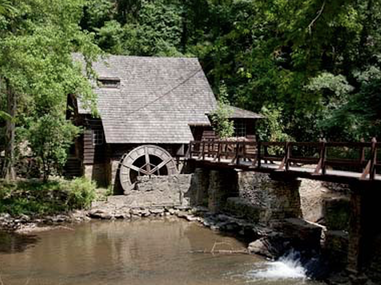
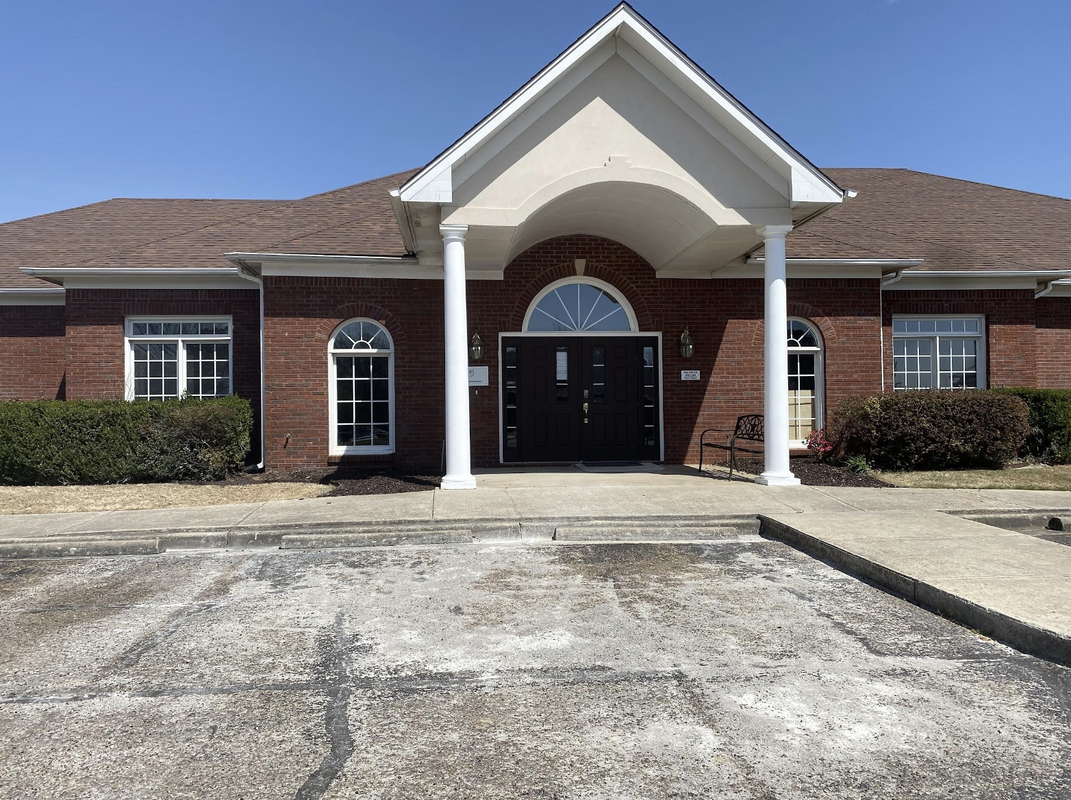
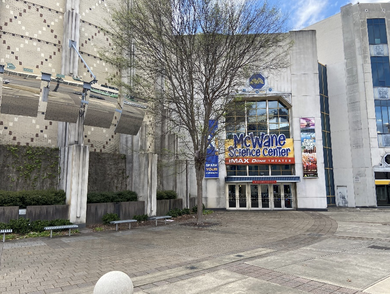
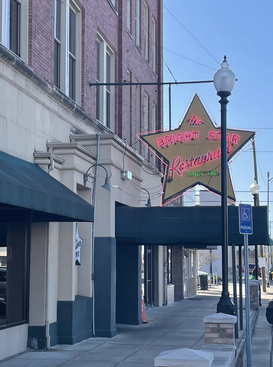
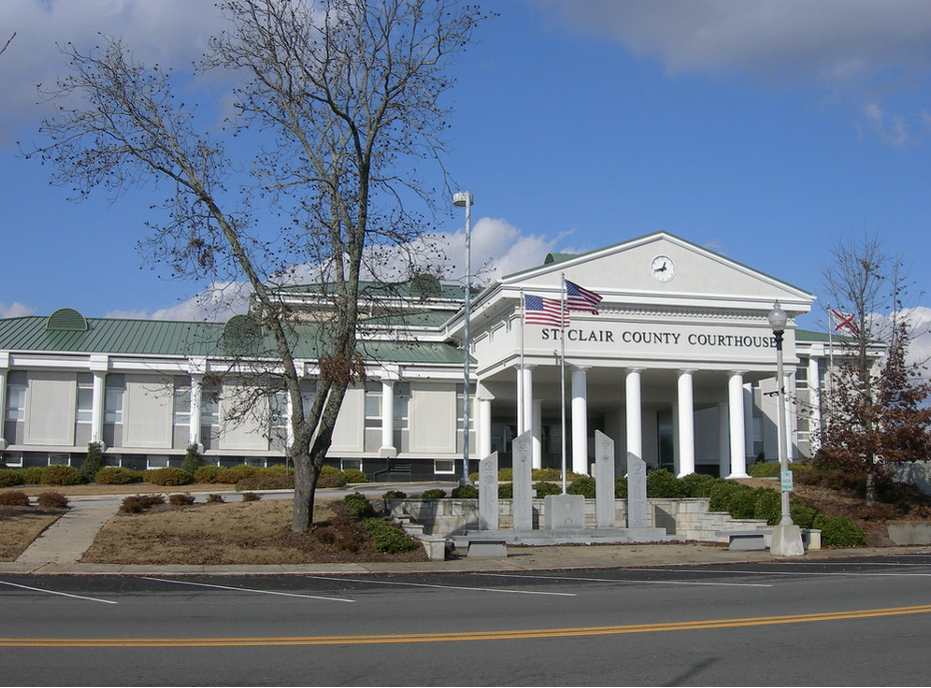
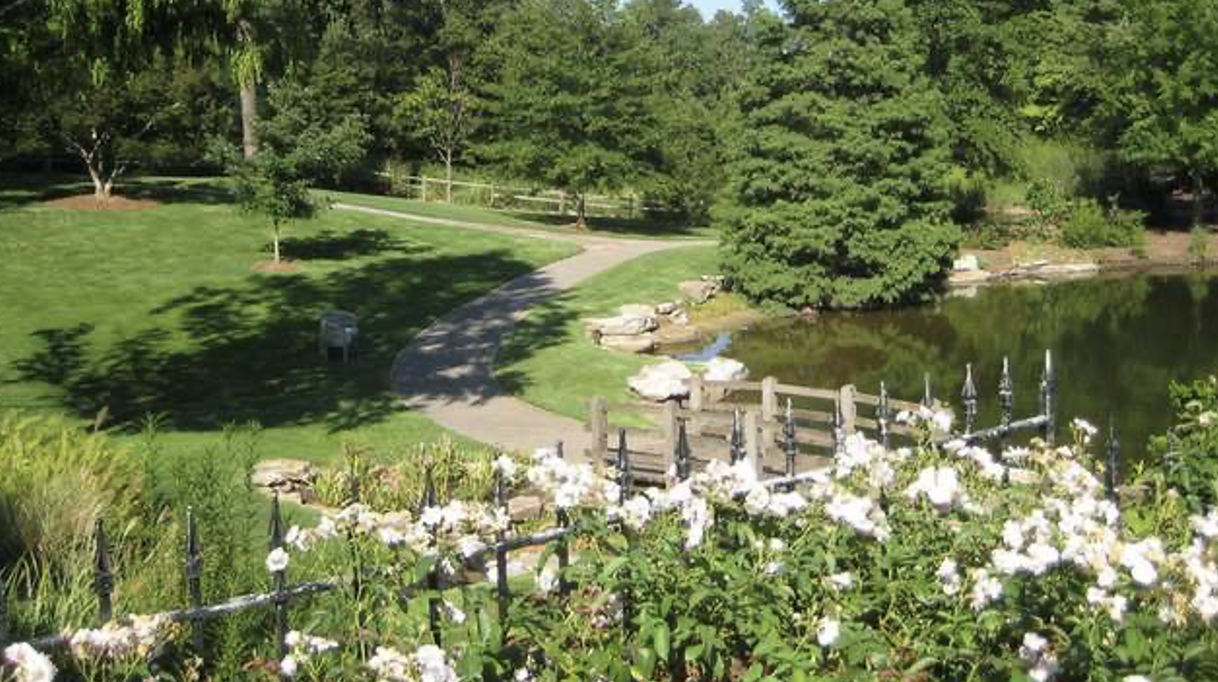

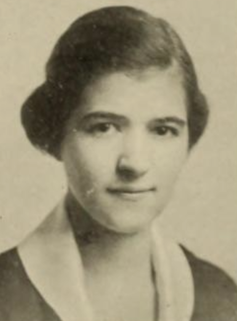
 RSS Feed
RSS Feed